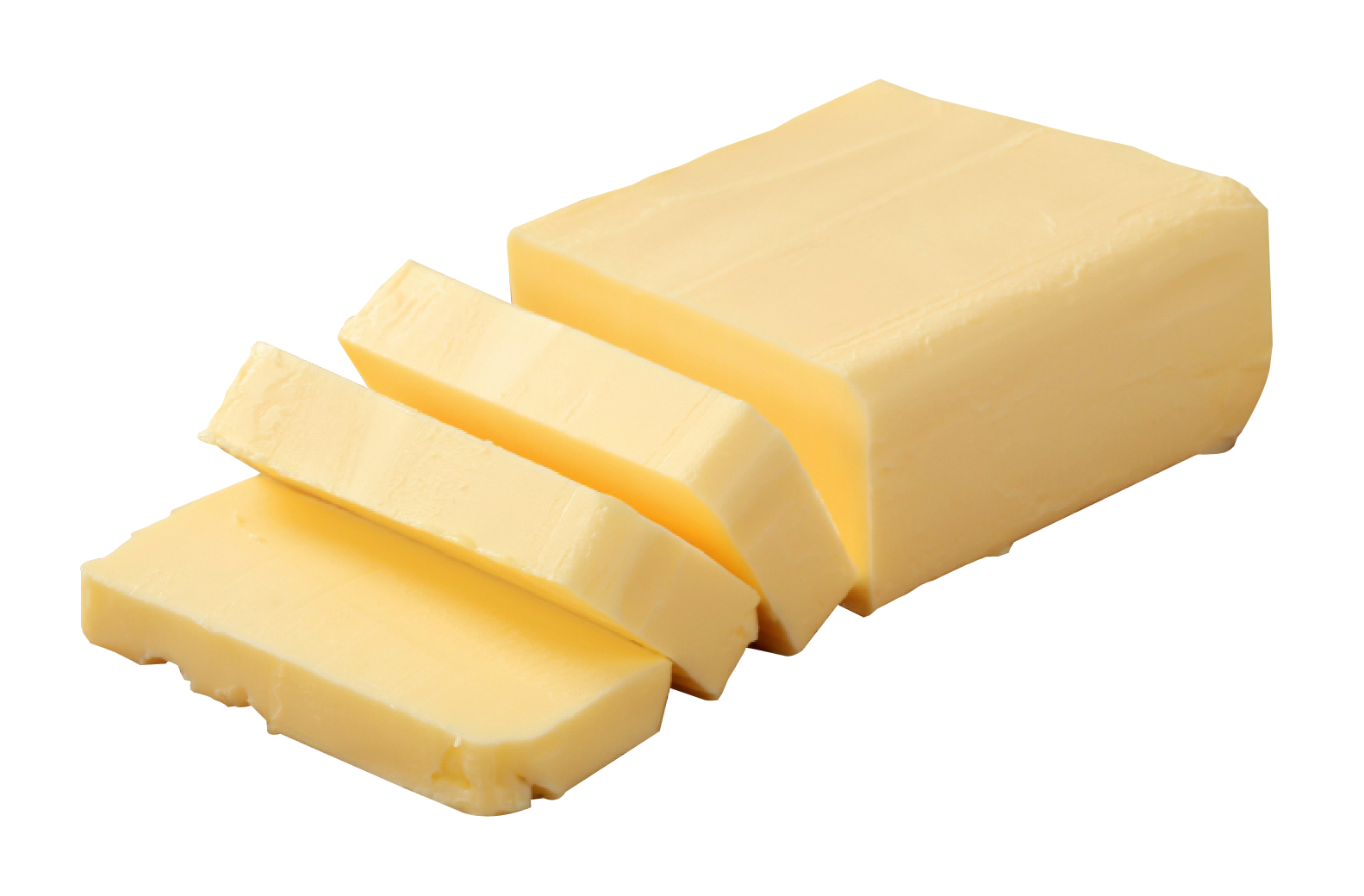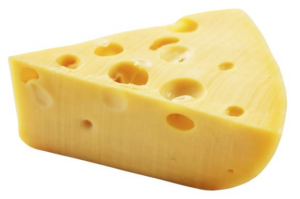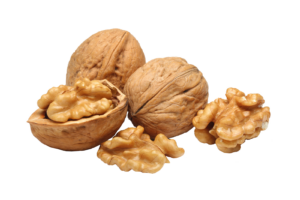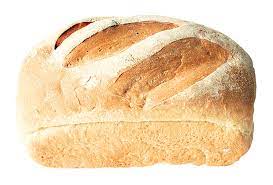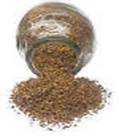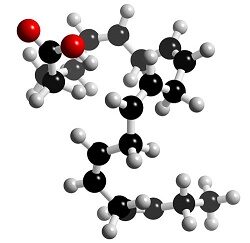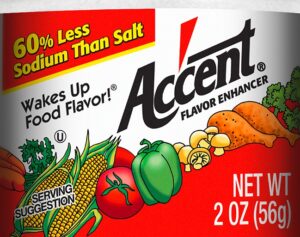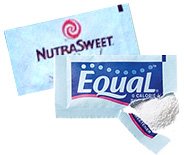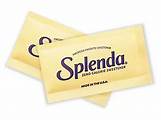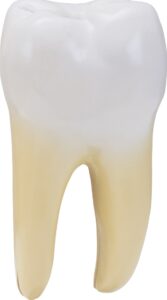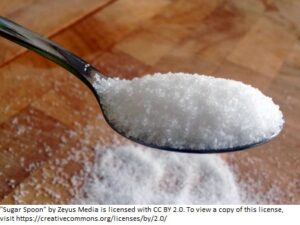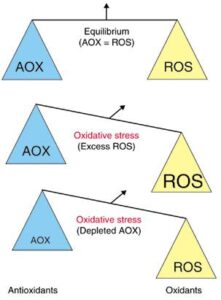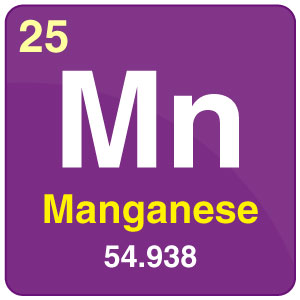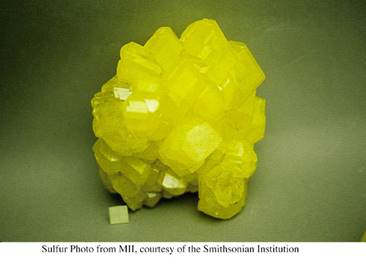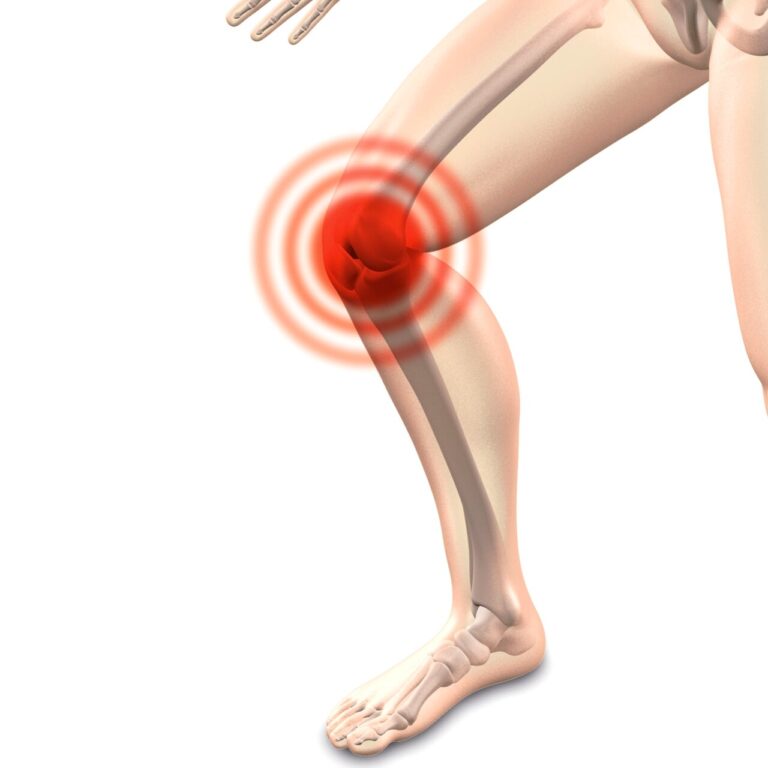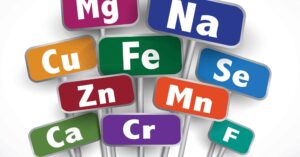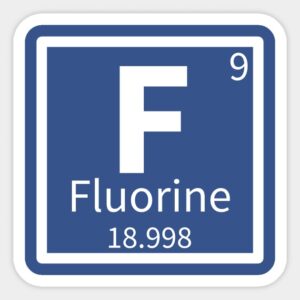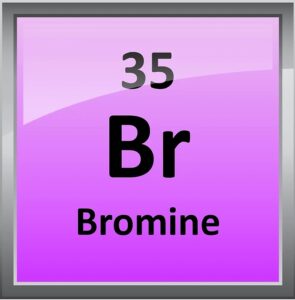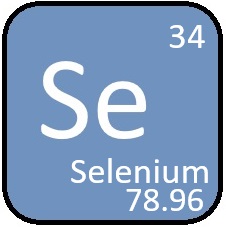
Calcium - For bones and teeth
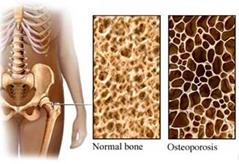
Most concerns about calcium, in the body are usually about ensuring its sufficiency for healthy bones and teeth. Calcium can be obtained from supplements, but its most absorbable form is from a traditional, natural source, such as slow-cooked bone broth, or raw (i.e. unpasteurized) milk, or dairy products made using raw milk.
In addition to absorbable calcium, healthy bones and teeth require both vitamin D and absorbable phosphorus: Vitamin D is best obtained from the sun
In late 1940’s experiments with dogs, researcher Edward Mellanby found that – “When the diet is rich in phytate, perfect bone formation can only be procured if sufficient calcium is added to a diet containing vitamin D“.
- Phytate (phytic acid) foods must be soaked, sprouted or fermented prior to consumption or cooking to break down the phytase enzyme to prevent leaching of calcium. Absorbable phosphorus is stored in phytic acid molecules, primarily as a component of the bran / outer hulls of whole grains, nuts, seeds and legumes (GNSL), but when phytic acid is not broken down by the phytase enzyme present in the raw food form, the phytic acid can bind to certain important minerals, such as calcium, magnesium, iron, copper and zinc, making both the bound minerals and the phosphorus stored in the phytic acid unavailable to the body. To avoid this problem, GNSL need to be appropriately prepared by soaking, sprouting and/or souring prior to consumption or cooking to promote the breakdown of phytic acid by phytase enzymes, which are damaged by heat. By the way, phytic acid also inhibits digestive enzymes pepsin, trypsin and amylase needed to break down protein and carbohydrates
Mellanby E. The Rickets- producing and anti- calcifying action of phytate. Journal of Physiology I949 I09:488- 533.








